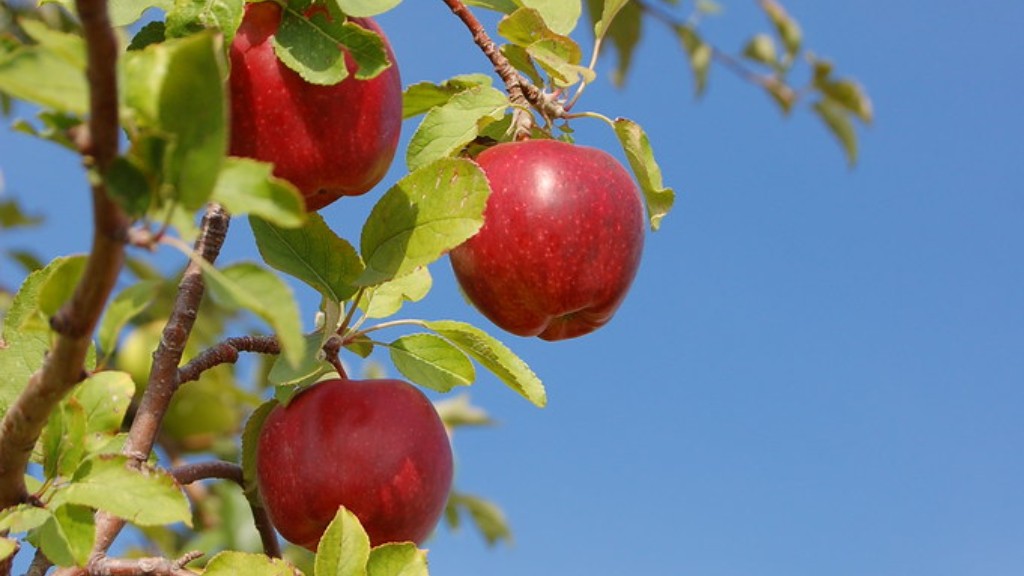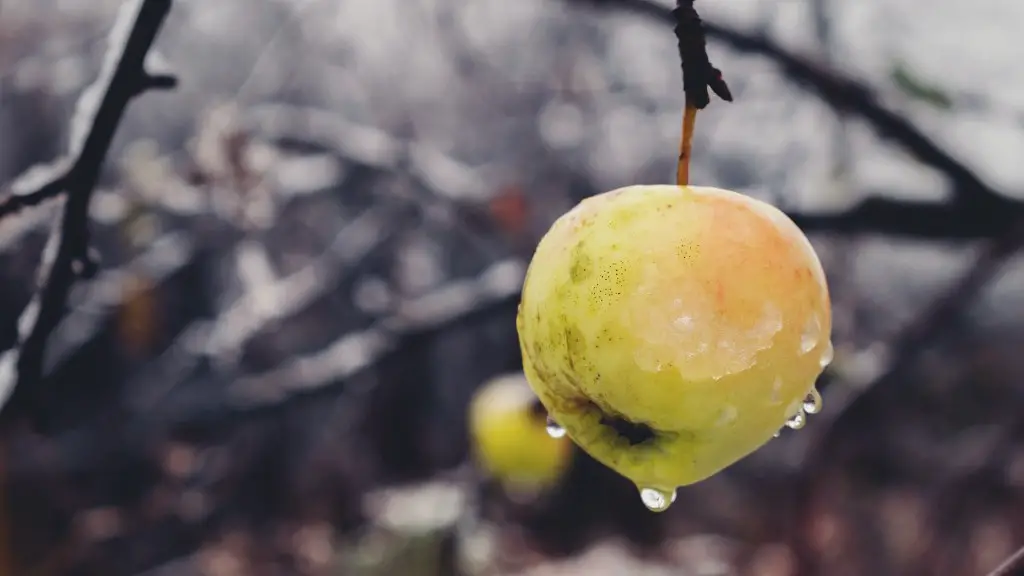Lemons from Citrus trees are a delight to behold, yet a common problem faced by gardeners is why a lemon tree is suddenly dropping leaves. Many believe the issue may be related to either a cultural or environmental issue, while others wonder if they have misidentified the tree in their garden. Established lemon trees usually thrive in hot, dry climates and are low-maintenance and fairly disease-resistant. Still, their leaves can suddenly drop without warning.
In general, citrus trees are very persistent and it’s much more likely that something has gone wrong with the soil or the tree’s environment than the tree itself. Here are some common causes of lemon tree leaf drop.
Poor Soil Quality: Citrus trees prefer well-drained soils with a pH ranging from slightly acidic to slightly alkaline. If the soil is too wet or too dry, or the drainage is poor, the roots may be unable to absorb the necessary nutrients and minerals. Also, poor soil quality or soils very high in nitrogen may cause sudden leaf drop.
Insufficient Watering: If the tree is not getting enough water, the leaves will drop off. However, it’s also important not to overwater the tree; too much water can also cause root rot and lead to leaf shed. It’s best to water the tree slowly and deeply in the early morning hours and ensure the roots absorb all of the water.
Too Much Fertiliser: Citrus trees have specific nutrient needs and too much nitrogen can overload the tree, causing premature leaf drop. It’s best to feed the trees with a citrus tree-specific fertilizer in mid-to-late winter.
Pests and Diseases: Citrus trees also may lose their leaves if they are affected by pests such as whitefly, scales, mites, or aphids, or diseases such as citrus greening or black spot. However, not all pests and diseases cause leaf drop.
Imbalance of Macronutrients: If the tree doesn’t have enough of the important macronutrients like nitrogen, phosphorus, calcium, and magnesium, it will not be able to produce healthy leaves and may shed leaves.
Hot, Dry Climates
Citrus trees need warm temperatures with minimal humidity, making them particularly well-suited to hot, dry climates. When temperatures dip too low, citrus trees tend to enter a semi-dormant state which can cause leaf drop. Additionally, if the tree is planted in shade, not enough available sunlight may be reaching the leaves, which also may cause them to shed prematurely.
During winter, a citrus tree may require more intensive monitoring as extreme temperatures or lack of sunlight could cause leaf drop. For this reason, gardeners can benefit from ensuring their citrus trees are planted in spots where they will receive plenty of direct sunlight throughout the day.
It’s important to note that during winter, many citrus trees tend to shed their older leaves to make way for new ones. Therefore, sudden leaf drop during winter may not be cause for concern as long as the remaining leaves are healthy and unblemished. It’s only when the new leaves are affected that a gardener may want to take action.
Additionally, citrus trees may go through periods of rapid growth which, if not monitored carefully, can cause the tree to become nutrient-deficient and the leaves may drop. To remedy this, gardeners should keep their trees properly mulched and offer consistent pruning and irrigation procedures to help keep the tree healthy and balanced.
In summary, there are many possible causes of lemon tree leaf drop, from nutrient deficiency and excessive water to pests and diseases. It’s important for gardeners to properly diagnose the cause of the leaf drop in order to take the necessary steps to restore the tree’s health. If a gardener determines the cause of the leaf drop to be neither a pest nor disease, a detailed examination of the tree’s soil composition and a careful monitoring of the tree’s environment should be done in order to prevent further leaf drop and encourage new, healthy growth.
Improper Care
Citrus trees are fairly hearty and will fare well if they are provided with the proper care. The number one determinant of a lemon tree’s health and vitality is proper care, including proper pruning, irrigation and fertilising. If any of these essential procedures are done incorrectly, the tree may suffer and start to drop its leaves.
In regards to pruning, it’s best to prune the tree fairly regularly and avoid deep pruning which can shock the tree and lead to leaf shedding. As for irrigation, a system of slow, steady irrigation is typically best for lemon trees as it provides the tree with ample water without causing root rot. Monthly fertilising is also a must for citrus trees.
Gardeners should also watch for pests and diseases that may cause the leaves to drop from their lemon trees. Oftentimes, creatures such as whiteflies, black scale, and woolly whitefly can cause a tree to become nutrient-deprived, leading to leaf drop. Additionally, exams should be regularly done for signs of citrus greening or black spot, both of which can cause leaves to fall off the tree.
Gardeners who find themselves dealing with sudden and unexpected leaf drop from their lemon trees should ensure they are providing the tree with the proper care and monitor closely for signs of pests or diseases. If these issues are ruled out, a detailed examination of the tree’s soil composition and a careful monitoring of the tree’s environment should be done in order to determine and remedy the cause of the leaf drop.
Environmental Changes
Environmental changes can also lead to premature leaf drop in lemon trees. If the tree is moved to a more shaded area, it may not be able to get enough sunlight and leaves may fall off as a result. Conversely, if the tree is moved to an area with too much direct sunlight or too much wind or air conditioning, it could lead to leaf shedding as well. Therefore, gardeners considering transplanting their citrus trees should pay particular attention to the differences in their transplant spots in terms of sunlight, humidity and temperature.
Additionally, sudden changes in climate, particularly during winter, can shock the tree and lead to leaf drop. Therefore, it’s important to note that winter months may require extra monitoring and attention from gardeners. Exposed roots can die off in cold weather and if they don’t get enough sunlight, the leaves may start to drop. For this reason, gardeners should ensure their tree’s environment is balanced and it receives enough sunlight no matter the temperature.
In conclusion, lemon tree leaf drop can be caused by a variety of factors, from nutrient deficiency and poor soil quality to insufficient watering and environmental changes. Gardeners should pay close attention to their tree and its environment in order to identify and remedy the cause of the leaf shed in order to help restore and maintain the tree’s health and vitality.
Weather Factors
Extreme weather can also cause citrus trees to shed their leaves, particularly if they are exposed to prolonged periods of freezing temperatures or high humidity. Even when temperatures are relatively mild, strong freezing winds can cause the leaves to dry up and fall prematurely. Gardeners should try to shield their trees from strong winds as much as possible and ensure their trees are planted in areas with ample shelter.
Additionally, if temperatures are very high and the tree is not receiving enough water, the leaves may start to shed as the tree tries to conserve its energy. To remedy this, gardeners may need to increase the tree’s irrigation cycles and add additional mulch to the surrounding area in order to lock in the moisture.
In conclusion, weather conditions can also cause citrus trees to drop their leaves. Gardeners should be aware of the weather patterns in their area and take steps to shield their trees from extreme temperatures and wind in order to protect their tree from premature leaf shedding.
Seasonal Changes
Finally, seasonal changes also may cause citrus trees to drop their leaves. During the winter, citrus trees may enter a semi-dormant state and shed their previous season’s leaves in preparation for new growth. This type of leaf drop is often referred to as “natural leaf drop” and is nothing to worry about as long as the new foliage remains healthy and vigorous.
Additionally, during fall, citrus trees may lose their leaves as they prepare to enter a dormant state. In order to help the trees transition more easily, gardeners should prune and water their trees more regularly in fall months as well as avoid heavy fertilisation. Additionally, some covering may be necessary for the tree to help shield it from strong winds or unwanted sunlight.
In summary, seasonal changes often cause citrus trees to drop their leaves. This type of leaf shedding is generally nothing to worry about as long as the new foliage remains healthy and robust, but gardeners should take steps to help their trees transition more easily by providing proper pruning, watering, fertilisation, and protection from extreme temperatures and wind.





